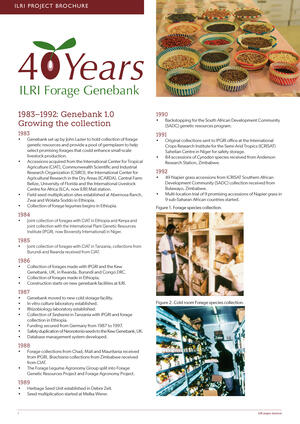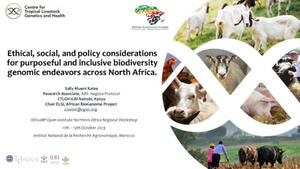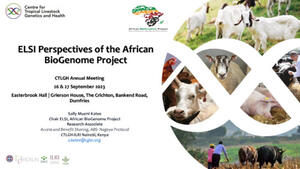
Where might we find ecologically intact communities?
Abstract
Conservation efforts should target the few remaining areas of the world that represent outstanding examples of ecological integrity and aim to restore ecological integrity to a much broader area of the world with intact habitat and minimal species loss while this is still possible. There have been many assessments of “intactness” in recent years but most of these use measures of anthropogenic impact at a site, rather than faunal intactness or ecological integrity. This paper makes the first assessment of faunal intactness for the global terrestrial land surface and assesses how many ecoregions have sites that could qualify as Key Biodiversity Areas (KBAs – sites contributing significantly to the global persistence of biodiversity) based on their outstanding ecological integrity (under KBA Criterion C). Three datasets are combined on species loss at sites to create a new spatially explicit map of numbers of species extirpated. Based on this map it is estimated that no more than 2.9% of the land surface can be considered to be faunally intact. Additionally, using habitat/density distribution data for 15 large mammals we also make an initial assessment of areas where mammal densities are reduced, showing a further decrease in surface area to 2.8% of the land surface that could be considered functionally intact. Only 11% of the functionally intact areas that were identified are included within existing protected areas, and only 4% within existing KBAs triggered by other criteria. Our findings show that the number of ecoregions that could qualify as Criterion C KBAs could potentially increase land area up to 20% if their faunal composition was restored with the reintroduction of 1–5 species. Hence, if all necessary requirements are met in order to reintroduce species and regain faunal integrity, this will increase ecological integrity across much of the area where human impacts are low (human footprint ≤4). Focusing restoration efforts in these areas could significantly increase the area of the planet with full ecological integrity.
Citation
Plumptre, A.J., Baisero, D., Belote, R.T., Vázquez-Domínguez, E., Faurby, S., Jȩdrzejewski, W., Kiara, H., Kühl, H., Benítez-López, A., Luna-Aranguré, C., Voigt, M., Wich, S., Wint, W., Gallego-Zamorano, J. and Boyd, C. 2021. Where might we find ecologically intact communities? Frontiers in Forests and Global Change 4: 626635.










